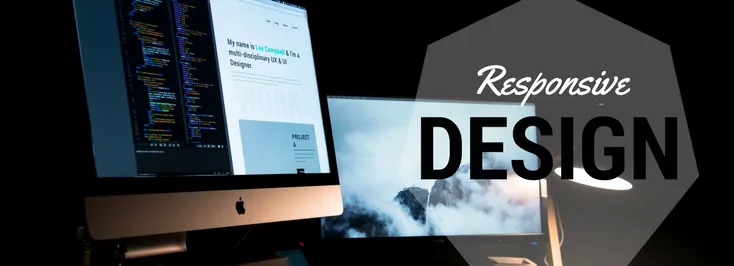
Best Practices for Responsive Web Design

Given the ever growing rate of mobile traffic,
Responsive web design ensures that your website is readable across all screen sizes. To get the most out of the adaptable design, you need to consider how best to move around and tailor content based on available screen space. Here are a few tips that will help you do so.
Customise CSS Layouts
The general rule here is to
Remove the Default Zoom
Remember how websites scale out when you access them on your smartphone? This enhances the user experience on mobile
Add this tag, known as the viewport meta tag, into the document header:
<meta name="viewport" content="width=device-width; initial-scale=1.0; maximum-scale=1.0; user-scalable=0;" />
Filter Out Non-essential Content
Small screens mean limited space. Use it wisely.
- What is the main purpose of people visiting your site?
- What information is it essential for them to get?
- What is the user journey you want them to take?
Answering these questions, you’ll be able to redesign all non-essential content and craft a mobile experience that generates leads, converts and retains customers.
Test, Test and Test Again
- Always test the smallest and the largest end of the range to ensure that everything aligns well.
- Test on real mobile devices. Based on the results of your web traffic analysis, choose the core devices and browsers used by your target audience and test your design either manually or through test automation.
- Never rely solely on functional testing - you need to confirm the website appears as intended on all browsers and devices with visual tests.
- Test under real user conditions: speed of connection, location, programs launched in
background , ads and popups blocking the screen: you should take into account all these factors as they may affect user experience.
We hope that these responsive design tips and practices will encourage you towards creating outstanding websites that appeal to your audience. If you feel that you lack the experience necessary to





